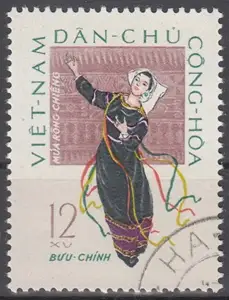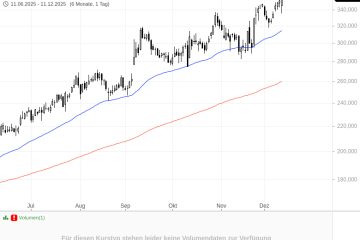Vietnam: A Journey Through Its Culture and History

Introduction
Vietnam, a nation in Southeast Asia, is renowned for its rich culture, diverse landscapes, and compelling history. With the recent spike in travel interest post-pandemic, understanding the significance of Vietnam today is more crucial than ever. From its iconic cuisine to its breathtaking scenery, Vietnam stands as a testament to resilience and transformation, captivating both tourists and scholars alike.
Cultural Heritage and Diversity
The cultural tapestry of Vietnam is woven from various influences, primarily due to its long and tumultuous history. Home to 54 ethnic groups, each with its own distinct traditions, languages, and lifestyles, Vietnam presents a unique cultural blend. For instance, the Tay people in the northern regions contribute to the country’s rich tapestry with their vibrant festivals and intricate handicrafts, while the Kinh, or the majority ethnic group, shape mainstream Vietnamese culture through their customs and culinary practices.
In recent years, UNESCO has recognized several sites in Vietnam for their cultural significance, including the ancient town of Hoi An and the ruins of My Son. These listings not only highlight the country’s historical importance but also boost tourism, attracting millions of visitors eager to explore Vietnam’s rich heritage.
Economic Developments
Economically, Vietnam has experienced significant growth over the last two decades. With a GDP growth rate of approximately 6.5% in 2022, the country continues to evolve as a global manufacturing hub. The government focuses on attracting foreign investment, particularly in technology and sustainable practices, which is essential for maintaining steady economic growth. Additionally, the recent signing of various trade agreements, such as the EU-Vietnam Free Trade Agreement, opens up new avenues for trade, promising further economic advancements.
Tourism and Future Prospects
Tourism plays a vital role in Vietnam’s economy, contributing around 10% to the GDP. The country’s stunning landscapes, from the dramatic cliffs of Ha Long Bay to the historic sites in Hanoi, draw millions each year. The Vietnamese government has targeted sustainable tourism, aiming to protect its natural environments while supporting local economies.
Conclusion
As a country marked by resilience and diversity, Vietnam stands at a crossroads of tradition and modernity. With its rich cultural heritage and current economic advancements, Vietnam is not just a travel destination but also a vital player in Southeast Asia’s future. As more visitors flock to experience Vietnam’s charm, it is poised to continue its journey of growth and exploration, solidifying its place on the global stage.








